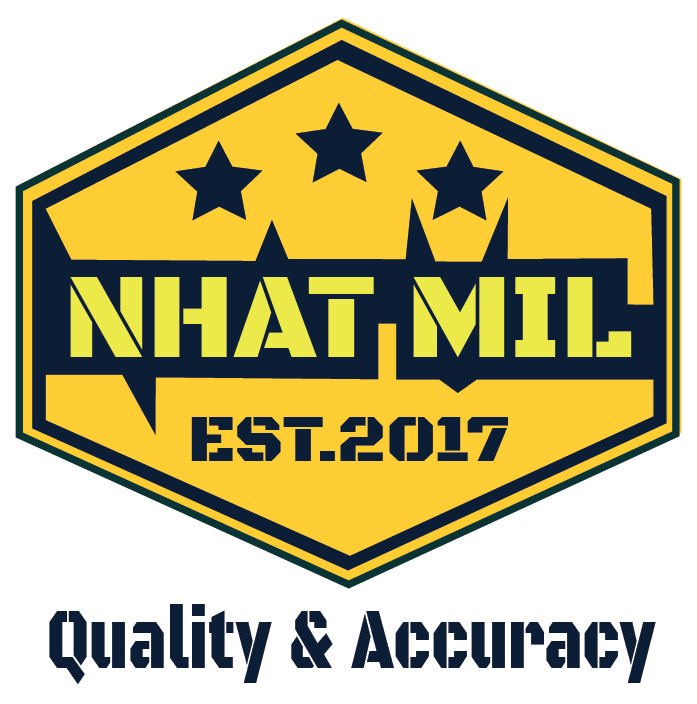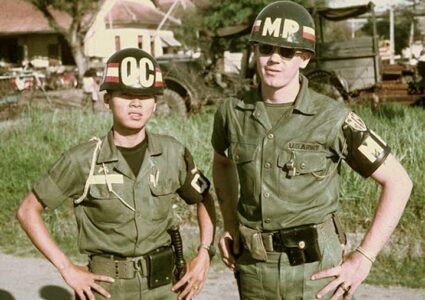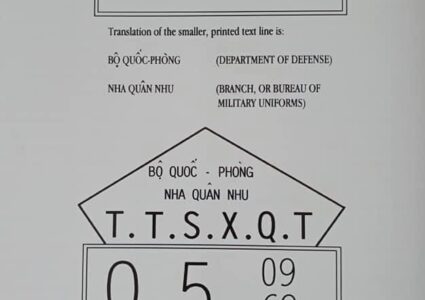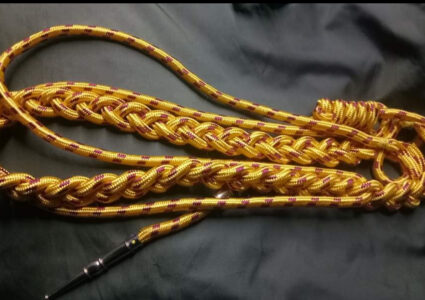ARVN Junk Force
Lực lượng Hải Thuyền VNCH (English: ARVN Junk Force), officially known as the Coastal Force, was a naval security unit of the Republic of Vietnam. It consisted of civilians trained by the Navy and operated in coordination with the Republic of Vietnam National Police. The force was established in 1960 and was integrated into the Republic of Vietnam Navy (RVNN) in 1965.
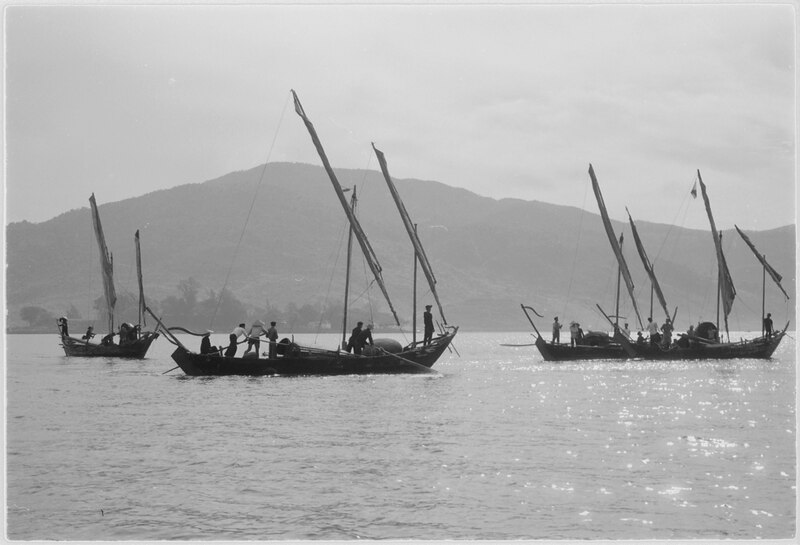
A photograph shows the Marine Patrol Force at anchor in 1962.
History
Formation
The formation of the Marine Patrol Force began in April 1960, when Admiral Harry D. Felt, Commander-in-Chief of the United States Pacific Command (CINCPAC), recommended that the Republic of Vietnam Navy take a greater role in restricting enemy supply routes entering South Vietnam from the sea. Following this recommendation, President Ngô Đình Diệm established the Marine Patrol Force—commonly called the “junk fleet”—as an independent unit under the Ministry of National Defense.
The idea of a coastal force acting as a semi-military unit aligned with the Kennedy administration’s belief that local self-defense units were an effective means of countering the insurgency of the National Liberation Front. The U.S. government therefore funded the construction of 501 wooden sailing junks in shipyards throughout South Vietnam.
The original plan, drafted by RVNN Commander Hồ Tấn Quyền, called for 420 sailing junks and 63 motorized junks, manned by about 2,200 civilians recruited from local fishing villages, to patrol waters up to 5 miles (8 km) from shore. These vessels blended in naturally with local fishing fleets, allowing crews to approach suspicious vessels without revealing their true identity. The plan envisioned 21 coastal divisions, each with 23 junks, operating along 30-mile (48 km) stretches of coastline. Their operations were coordinated by radio through coastal command centers and reported to one of four regional naval zones headquartered in Đà Nẵng (I), Nha Trang (II), Vũng Tàu (III), and An Thới (IV). On October 16, 1963, regional naval commands were formally established, and an overall commander was appointed to supervise sea, river, and coastal forces.
Operations
By late 1963, the force had grown to 632 junks and 3,700 civilian crew members. However, the unit faced serious difficulties from the start. Recruitment was harder than expected because many Vietnamese fishermen preferred their traditional livelihoods and were reluctant to join. Instead, the navy recruited urban laborers and North Vietnamese migrants with little maritime experience; many deserted at the earliest opportunity. High desertion and absentee rates reflected poor living conditions, low pay, and insufficient support. Many crew members lacked training and even basic medical care, and morale was extremely low.
The wooden junks also required extensive maintenance due to damage from marine wood-boring organisms. By 1964, large numbers of vessels were awaiting major repairs or were no longer seaworthy, and inadequate funding further worsened the situation.
Combat Role
Operationally, patrol duty was both monotonous and dangerous. Communist motorized vessels could outrange and outmaneuver the slower wooden junks. In shallow inland waterways, the junks could not match the speed and agility of smaller Communist boats. Attempts to support patrols with air surveillance failed due to poor communications.
Despite these challenges, the Coastal Force conducted extensive inspections. In 1963 alone, it and the Deep-Water Navy inspected 127,000 junks and 353,000 fishermen, and captured 2,500 suspected Viet Cong, with the Deep-Water Navy detaining an additional 500.
The Vũng Rô Bay incident in February 1965 highlighted the vulnerability of the Marine Patrol Force. Reports described the crews as largely illiterate and living under severe hardship. Their wooden junks were too slow and lightly armed to intercept steel-hulled or fast motorized vessels.
By 1965, fewer than 40% of the force’s boats were operational at any given time. Large portions of South Vietnam’s coastline were effectively controlled by the Viet Cong, and many Coastal Force bases were isolated in hostile territory.
At the beginning of 1965, the force included 526 junks organized into 28 coastal divisions along the entire southern coastline. These included command junks armed with .50-caliber and .30-caliber machine guns, as well as smaller and less capable one-engine and sail-only junks. To replace deteriorating wooden vessels, the Saigon Naval Shipyard produced fiberglass Yabuta junks starting in 1964, but production was slow due to labor shortages.
Between March 28 and April 17, 1965, Task Force 71 reported 14,962 junks operating in its patrol areas, but the Marine Patrol Force was able to inspect only a small percentage of them. Senior U.S. Navy officials concluded that the coastal blockade was only as strong as its weakest link—and the Coastal Force was that weak link.
Although merged into the regular navy in July 1965, the force continued to struggle with the same systemic problems through the end of the decade.
By 1967, the Marine Patrol Force consisted of 27 coastal divisions stationed at 22 bases along South Vietnam’s shoreline. Most crew members had limited education and lived in harsh conditions, far from the conveniences of major towns and cities.
